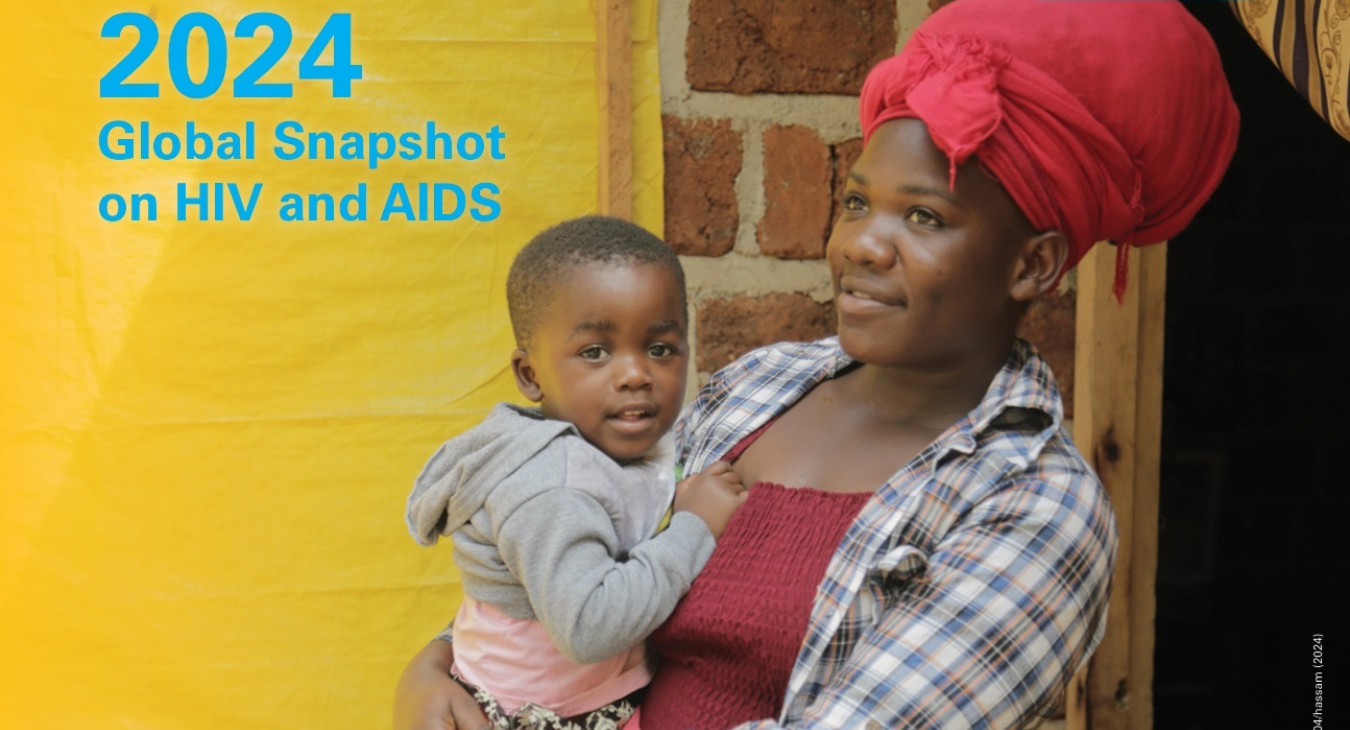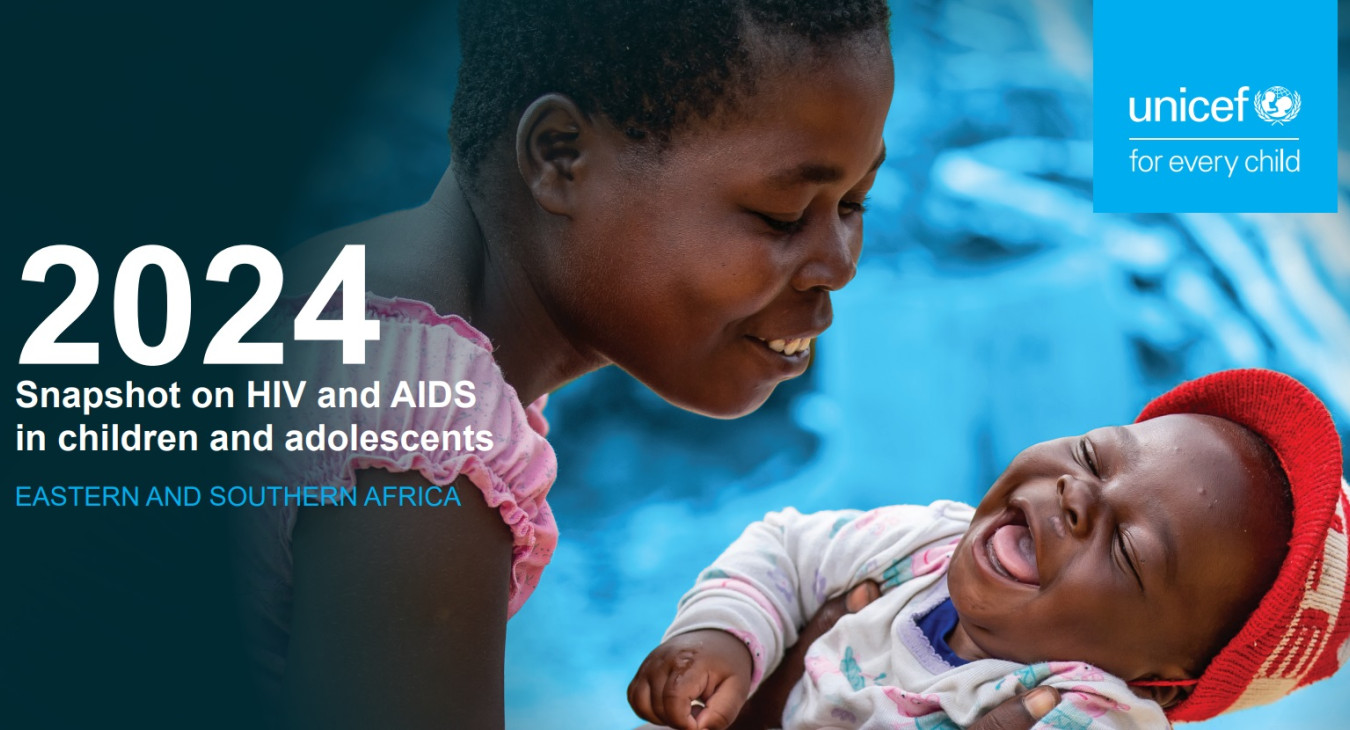Take the rights path: World AIDS Day 2024
This year's World AIDS Day theme is "Take the rights path", symbolizing that with human rights at the center and with communities leading, the world can end AIDS as a public health threat by 2030.
For World AIDS Day 2024, UNICEF is releasing a set of new publications:
1. 2024 Global Snapshot on HIV and AIDS — UNICEF's 2024 Global Snapshot, released for World AIDS Day, offers a concise yet critical overview of the global HIV and AIDS landscape, focusing on children, adolescents, and pregnant women. This year's report highlights data and insights that emphasize the urgent need to eliminate vertical transmission of HIV and ensure universal access to testing and treatment for children and adolescents.
2. 2024 Eastern and Southern Africa Regional Snapshot — a regional overview of HIV trends, including vertical transmission, testing, and treatment for children and adolescents, as well as gender disparities affecting adolescent girls and young women.
UNICEF's Executive Director, Catherine Russell, has also shared a message to commemorate World AIDS Day 2024, on behalf of the organization.
The reports are available for download below.
For more information, please refer to UNICEF's fact sheet for 2024 World AIDS Day, available in English.

UNICEF’s 2024 Global Snapshot, released for World AIDS Day, offers a concise yet critical overview of the global HIV and AIDS landscape, focusing on children, adolescents, and pregnant women. This year’s report highlights key data and insights, emphasizing the urgent need to eliminate vertical transmission of HIV and ensure universal access to testing and treatment for children and adolescents. Ending AIDS by 2030 is not just an achievable goal— it is a moral imperative to uphold the rights and dignity of every child and adolescent.

Featuring up-to-date regional HIV epidemiology indicators, current trends in vertical transmission, testing, and treatment for children and adolescents, alongside an analysis of gender disparities in the epidemic, disproportionately impacting adolescent girls and young women in Eastern and Southern Africa.
